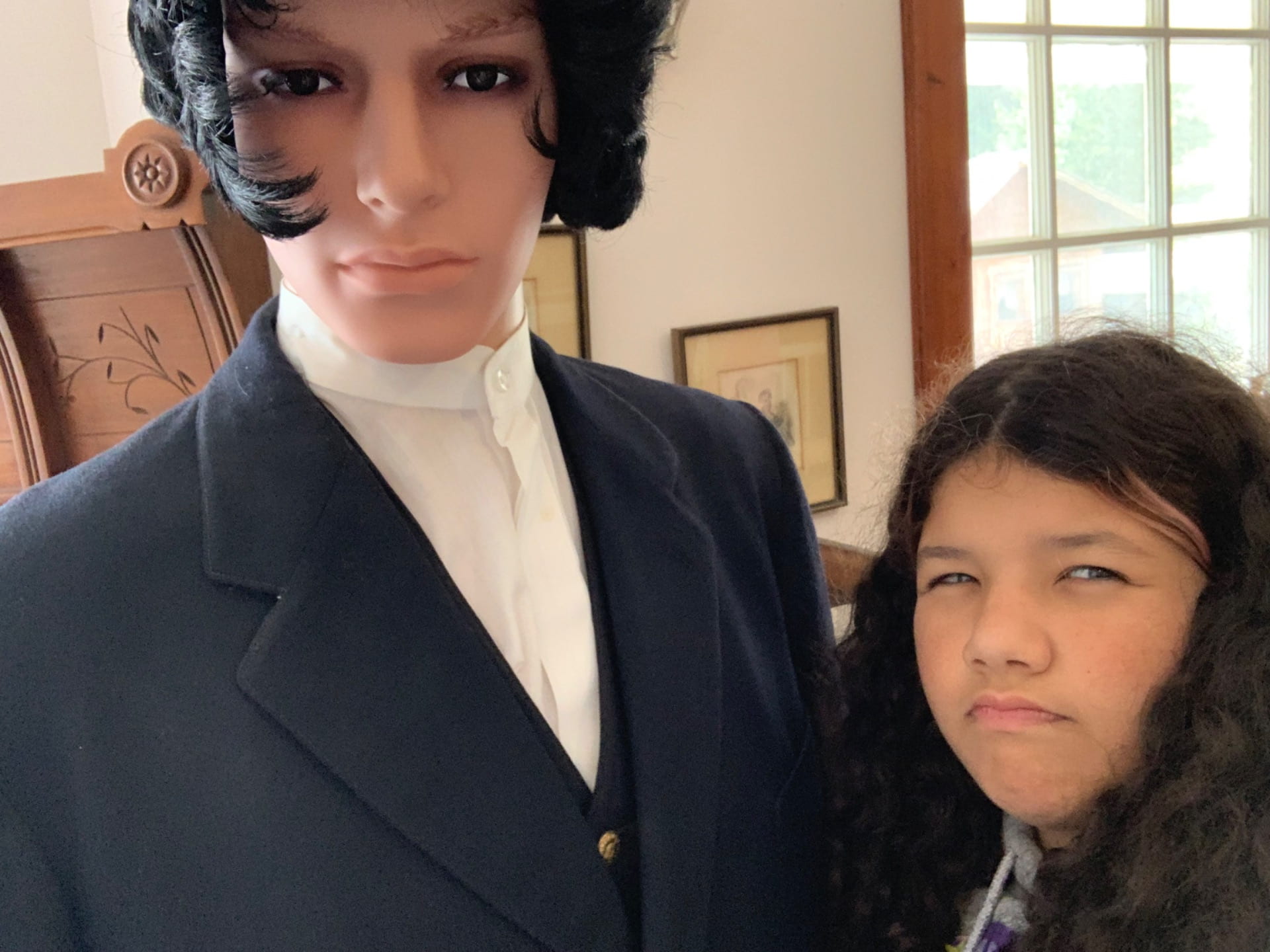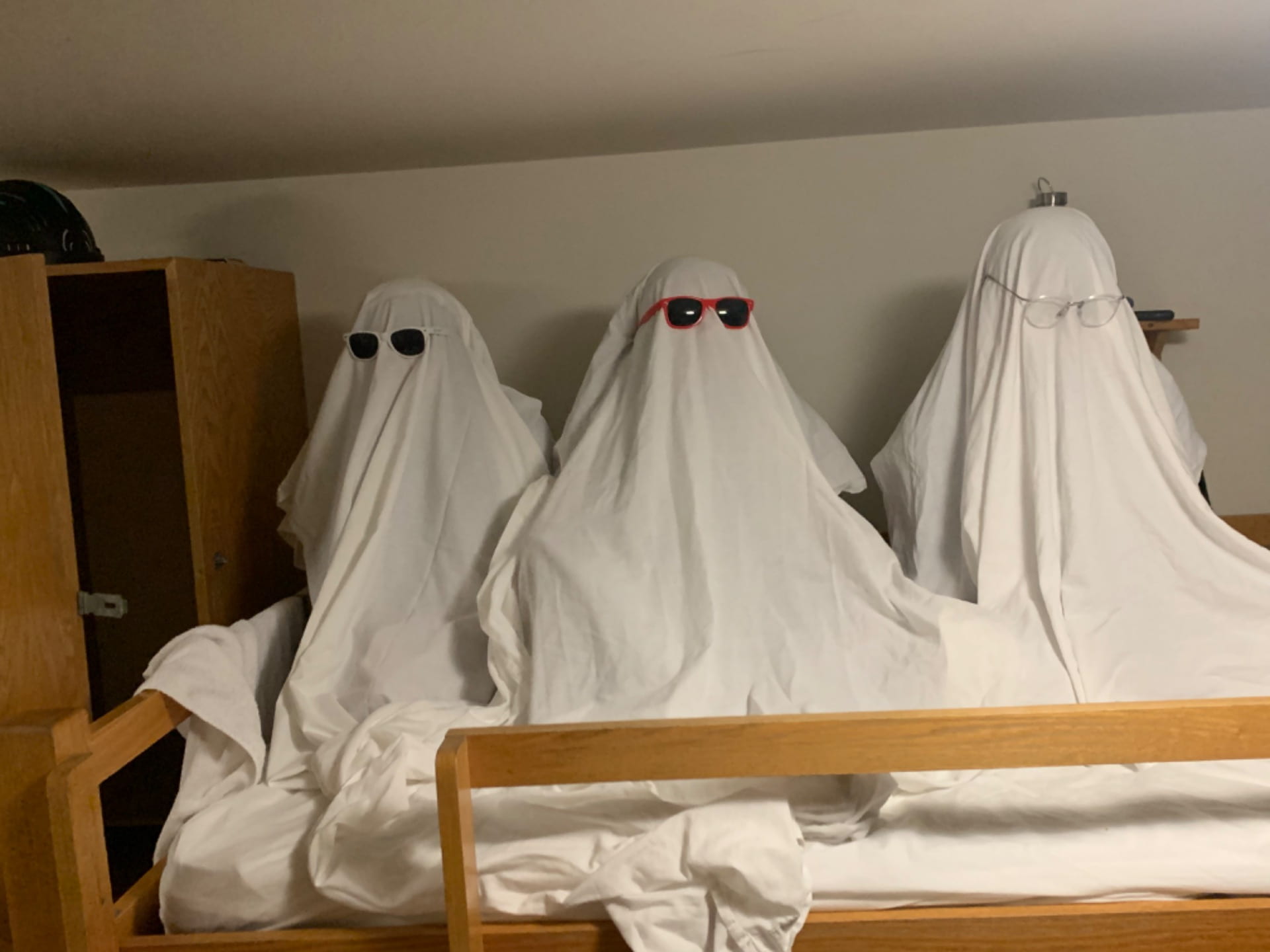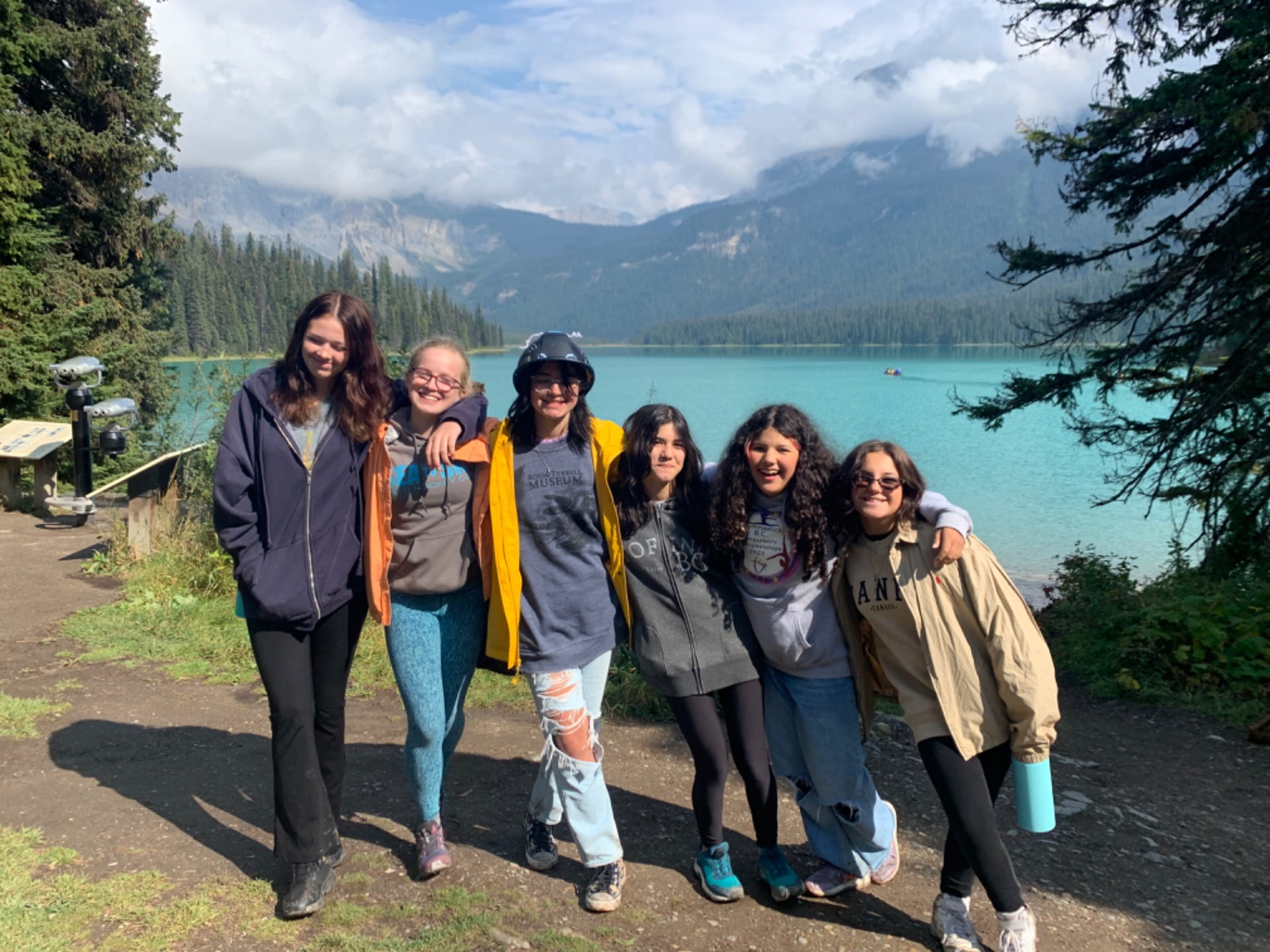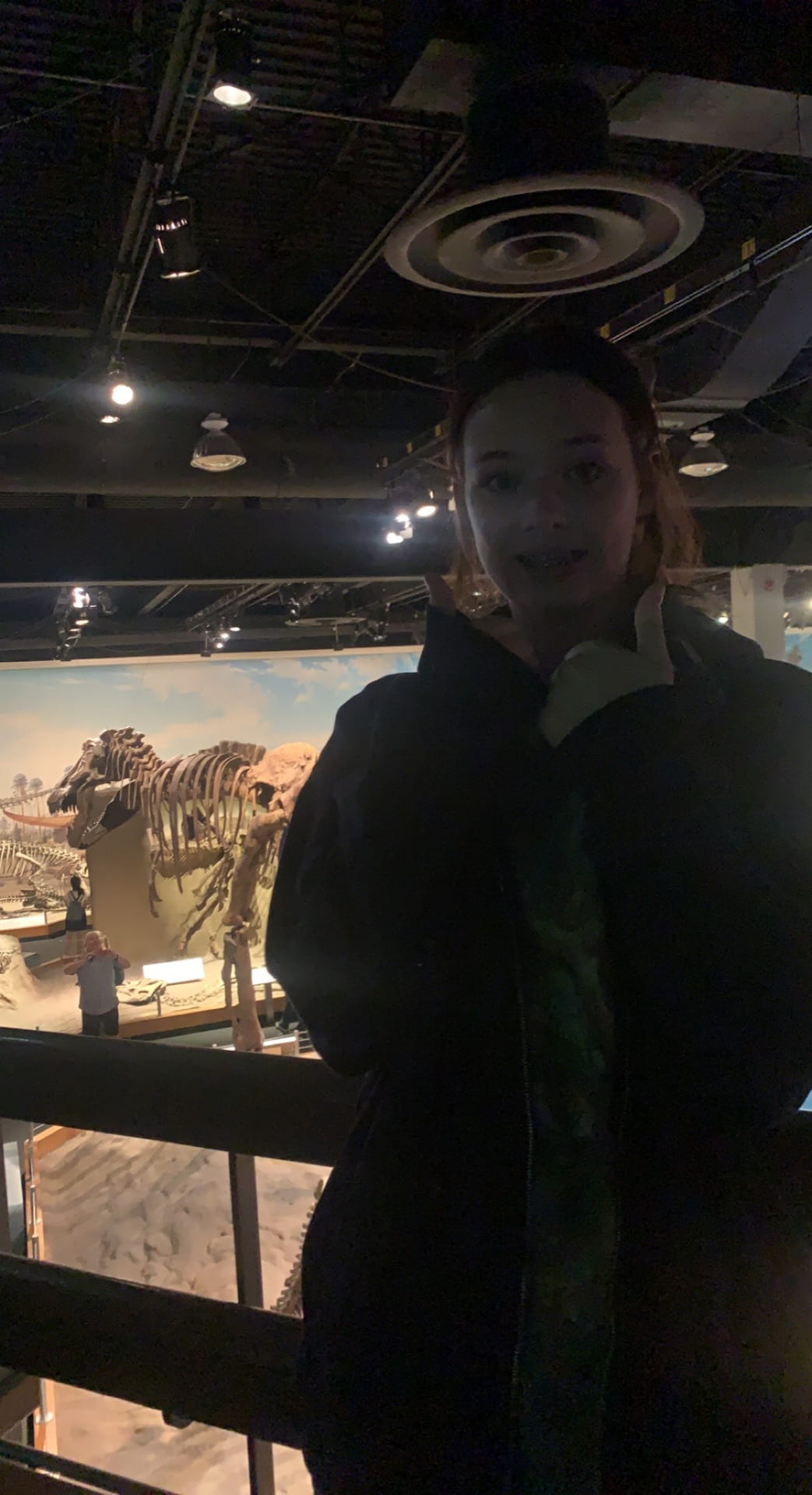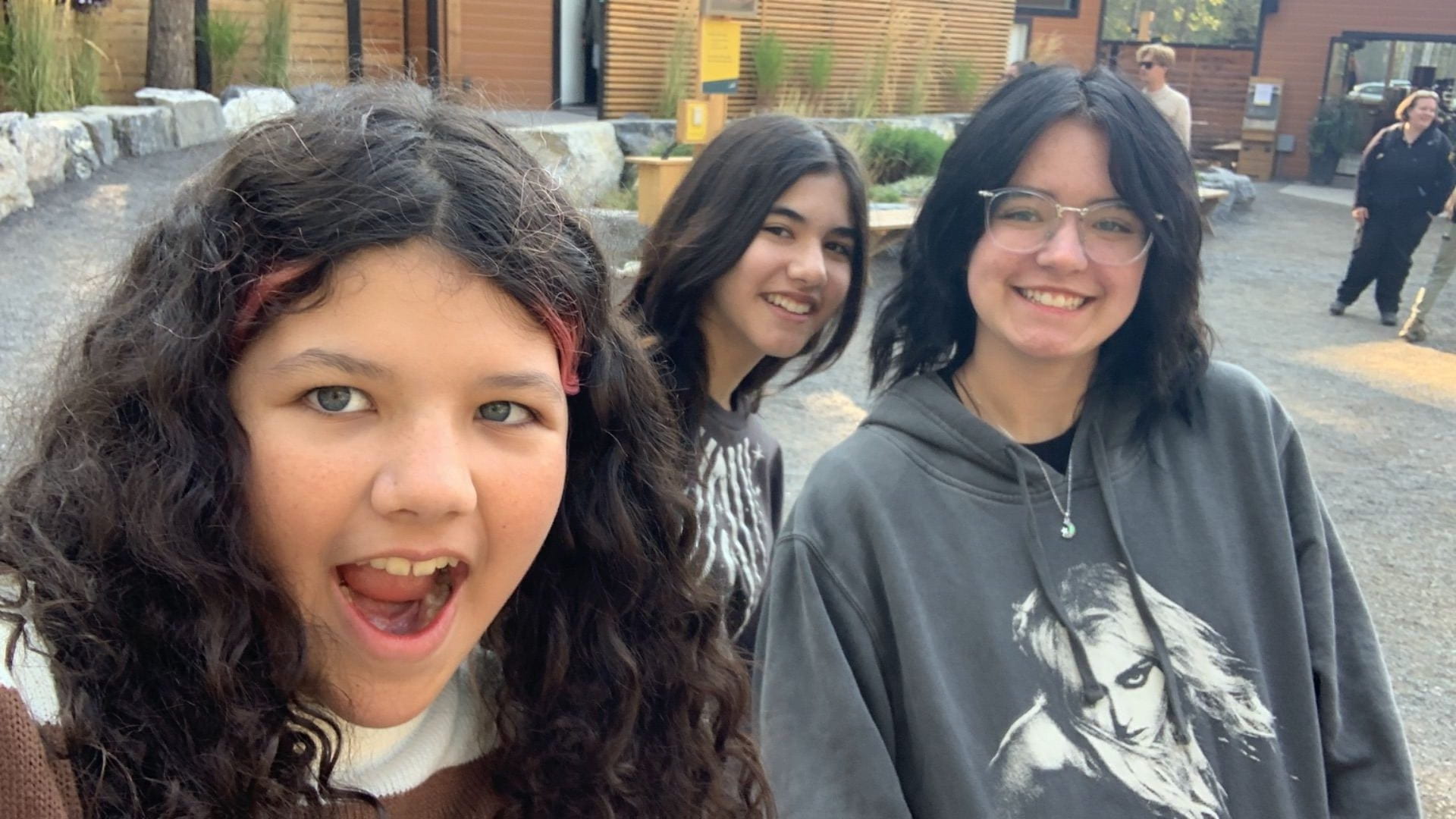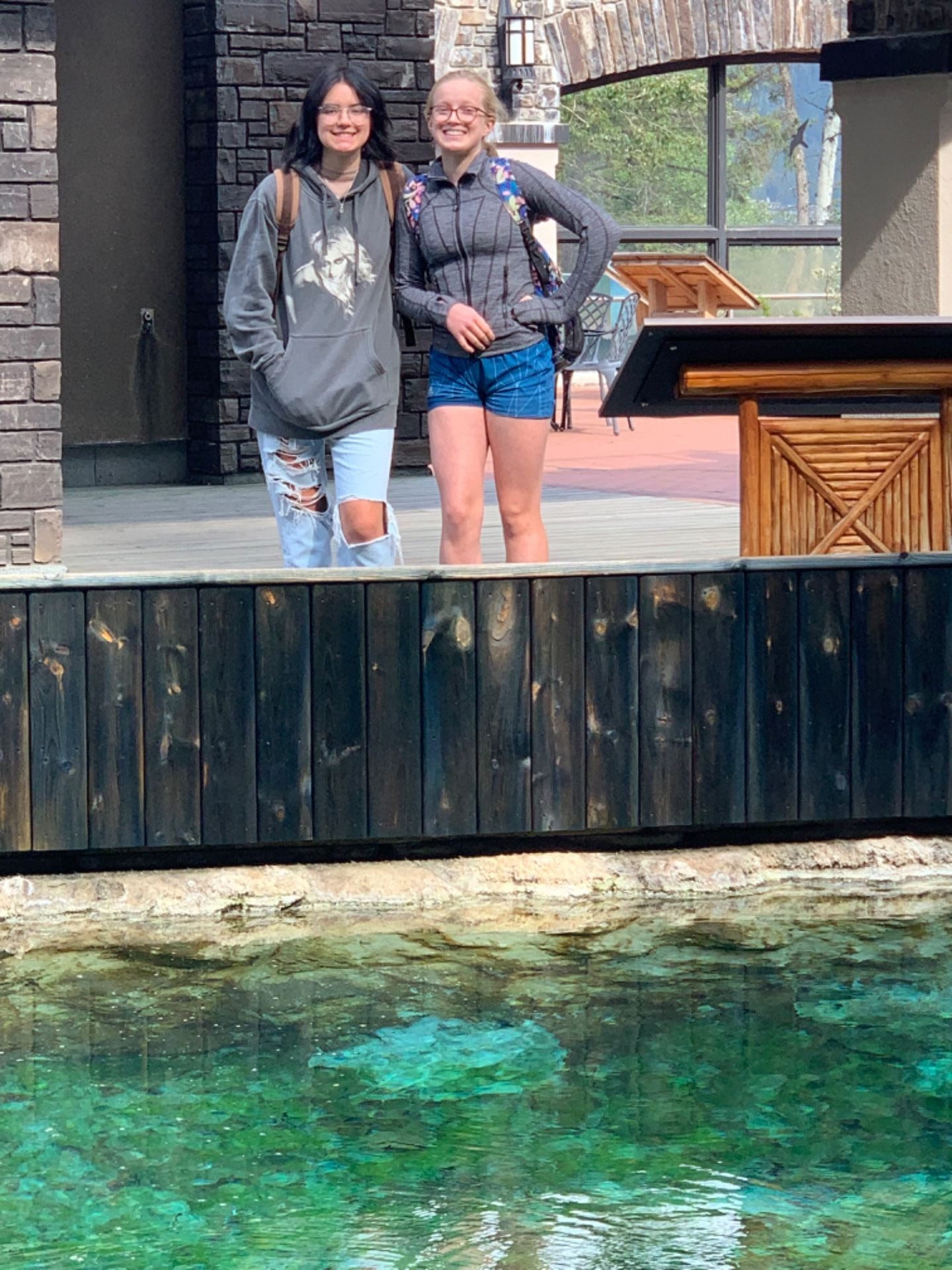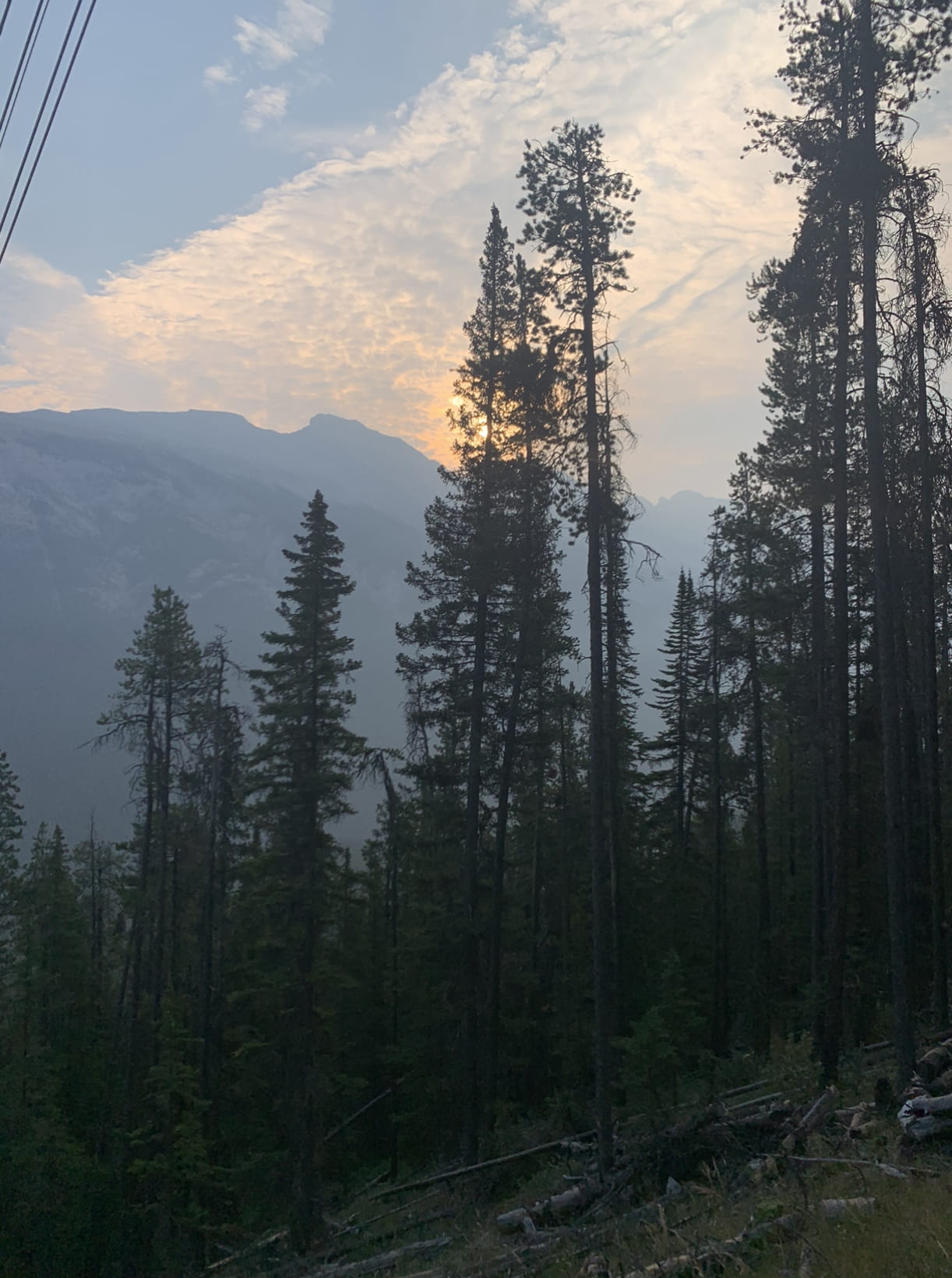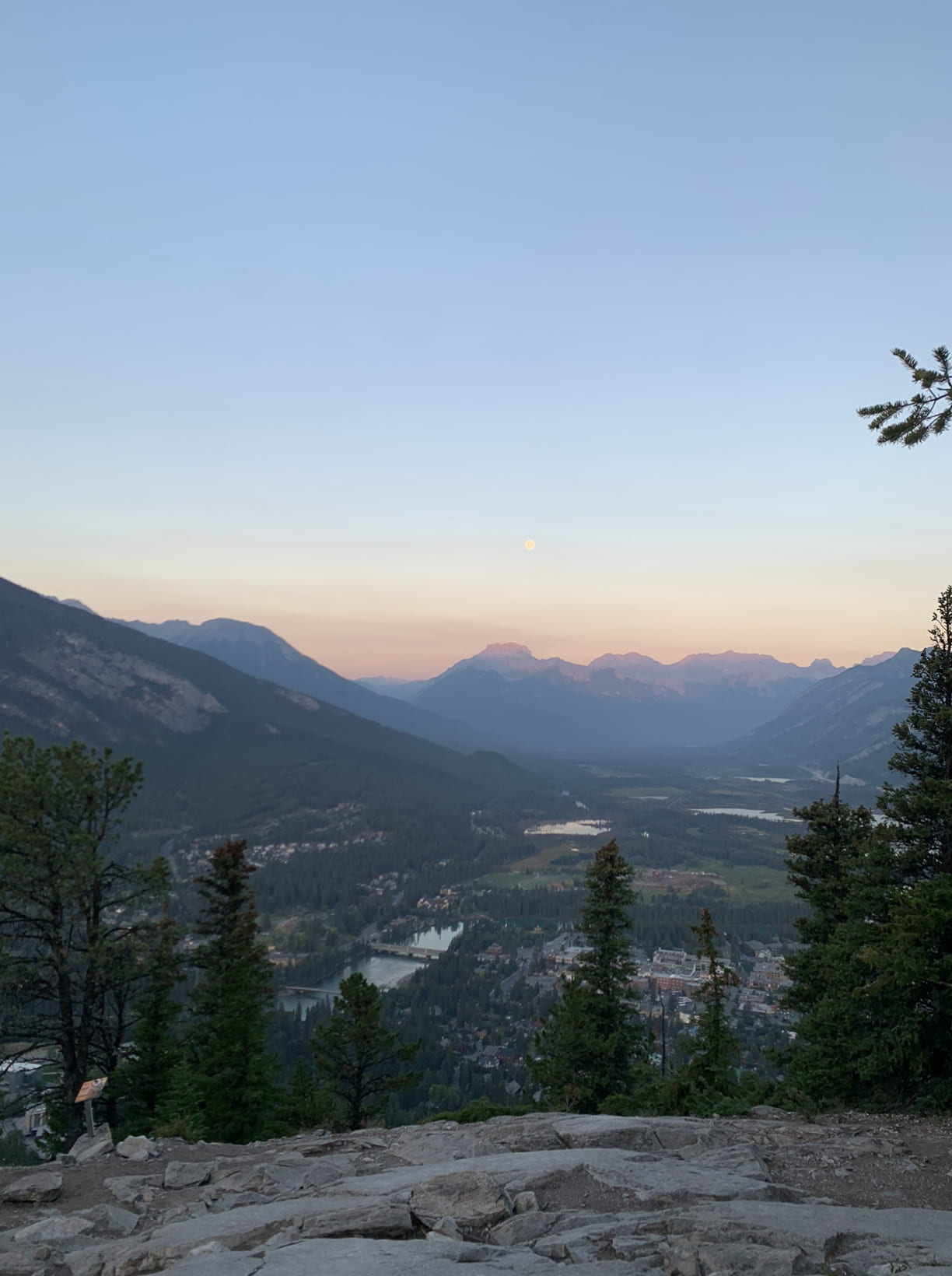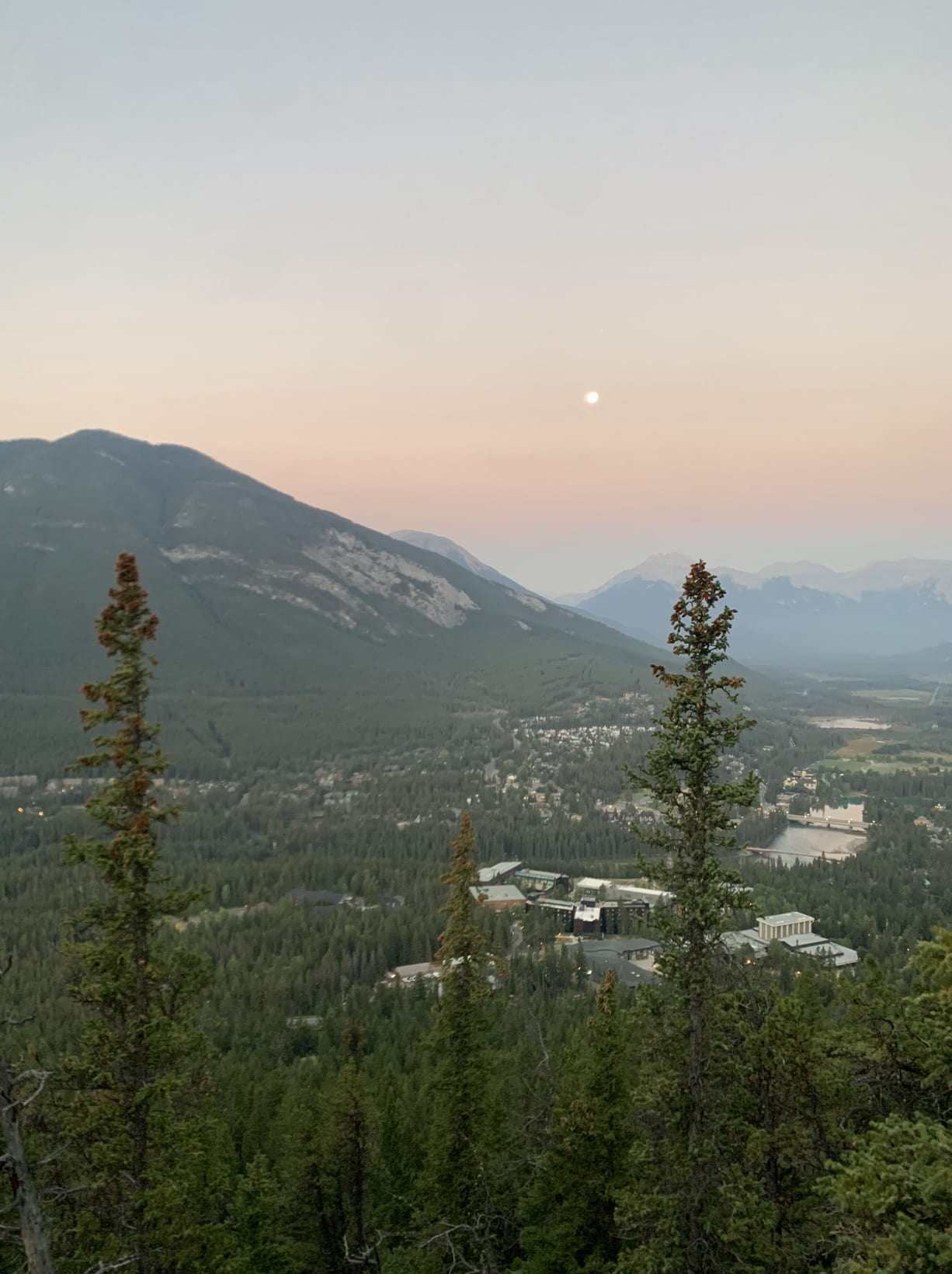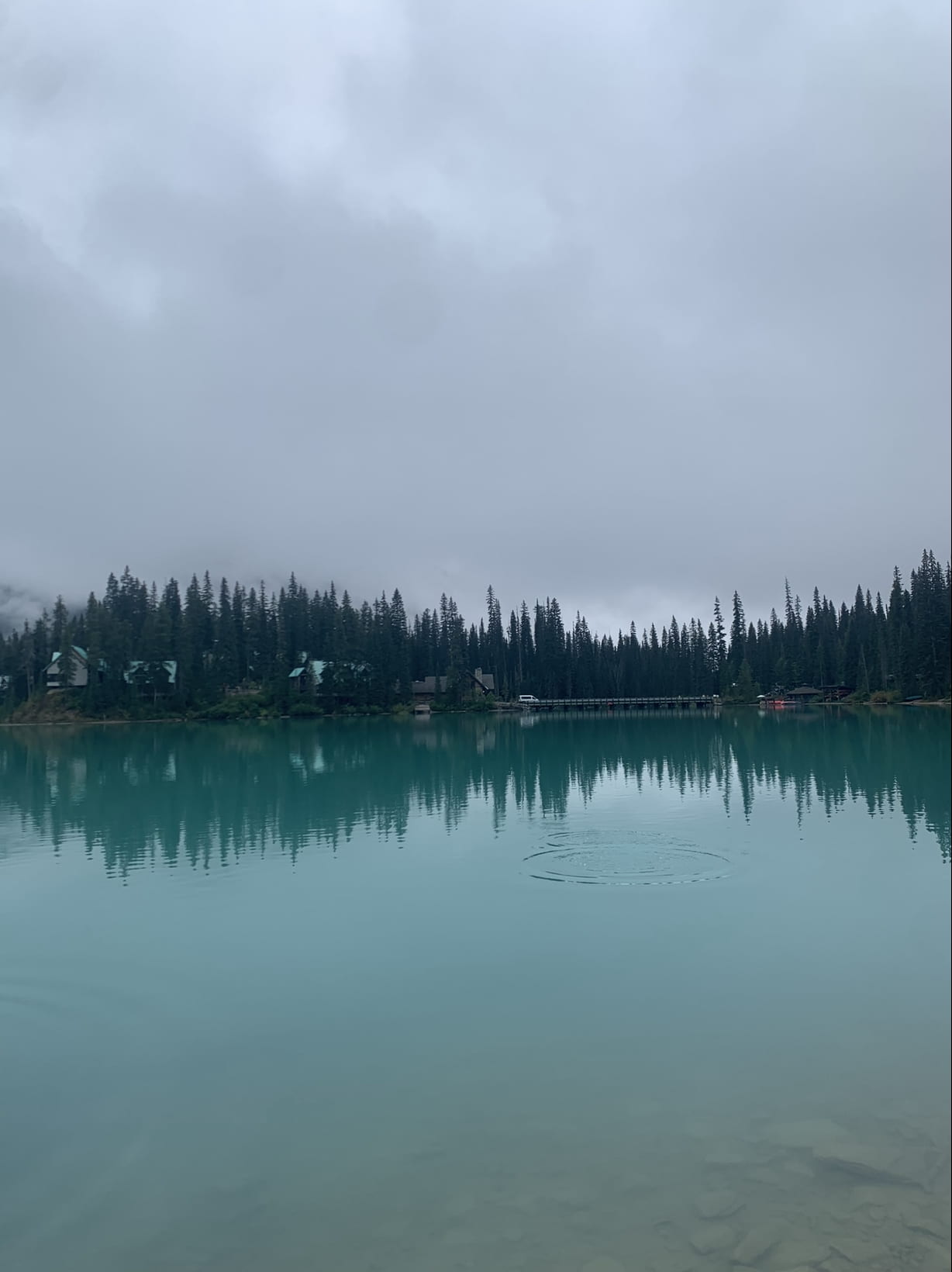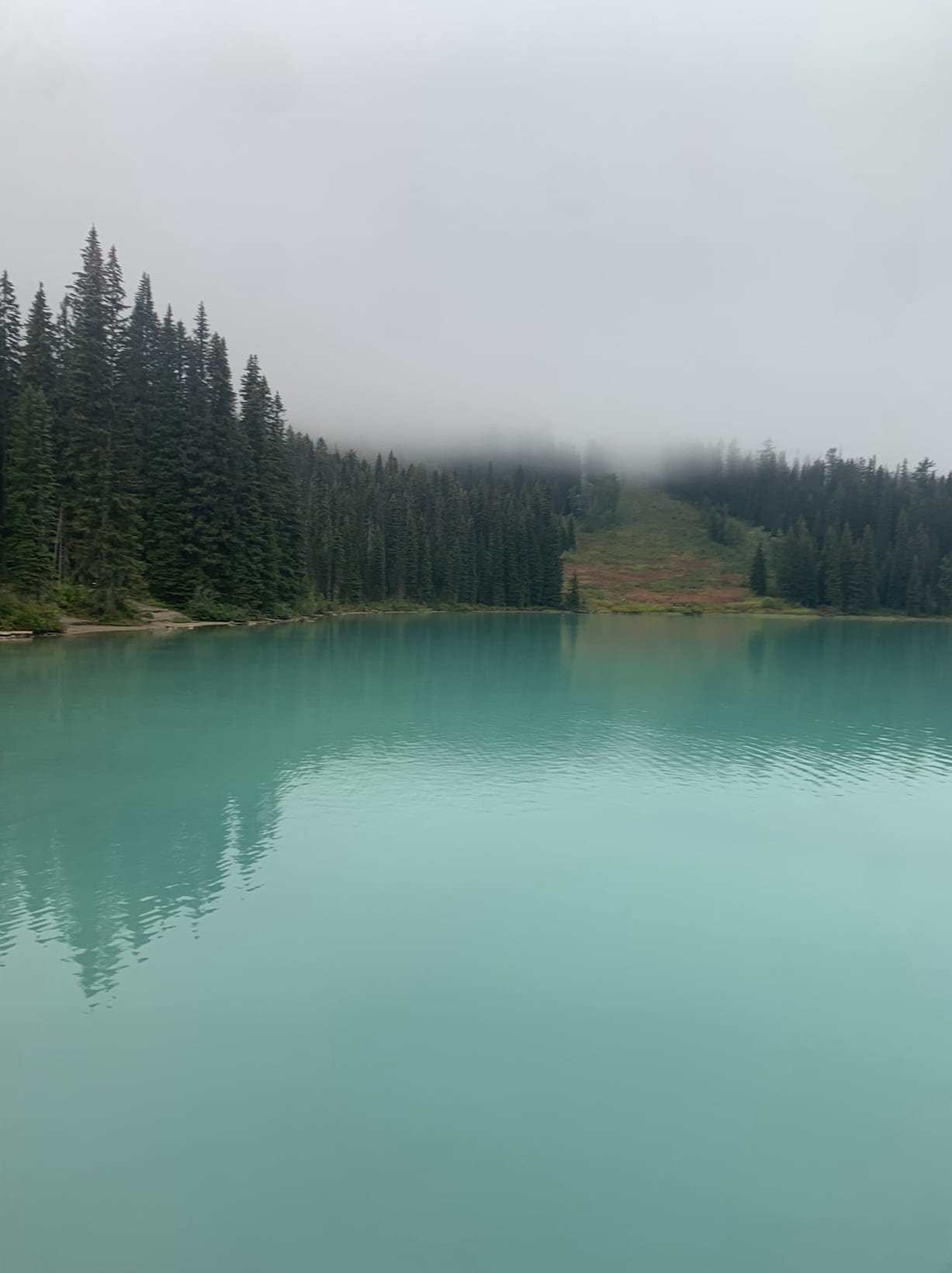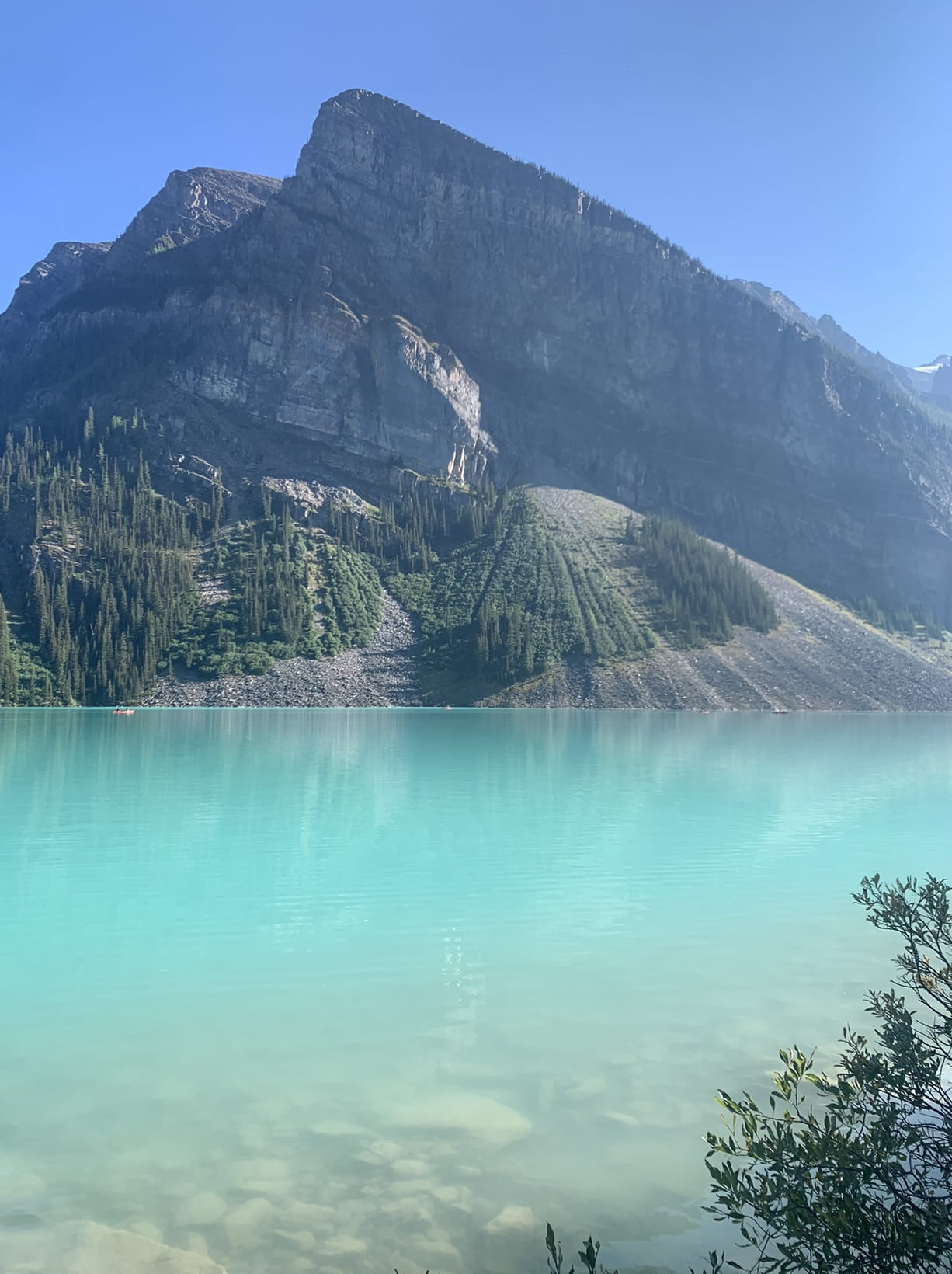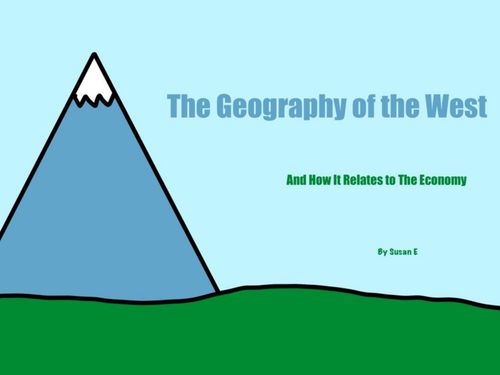When I started this project, I didn’t really know what geography was. I mean, I had the start of an idea, but I really didn’t know what it was. The first thing I learned about geography in this project was how it can be defined by the 5 themes. These themes are place, regions, location, human-environment interaction, and movement. Over the course of this project, I learned what all of it means and how it can apply to geography. Evidence of this is shown in my multi-touch e-book, which will show up later in this post.
I also answered a very important question. Did you think I forgot about the driving question? *Gasp* I would never!! The driving question was “How does the geography of the West shape who we are?” Over the course of this project, we worked on defining our answer to the question. My answer was the economy. At first, when I was deciding on my answer, I was like, what the heck, what does that even mean? How can the answer be the ECONOMY? I was so confused, and I had a lot of questions, but eventually, they were all answered because of all the new things I got to learn!
So, how can I apply my answer to the question? This is an important step, because I can’t really go around saying “How does the geography of the West shape us? Well, because of the economy.” At first, I was confused about that, but I managed to answer myself. Some people might be able to figure it out, but for the most part, it’s too broad. So, I’m going to provide some examples of how geography shaped the West’s economy, and how that defines who we are today, because I’ve been learning these things over the course of the project.
My first example is the Canadian Pacific Railway (the CPR.) This shows how the geography of the West shaped us and our economy because the railway was really important for getting across Canada. The geography was the reason this was needed, because if Canada was a really small country, this big railway wouldn’t be needed. The CPR assisted Canada in the ways of tourism and communications. For example, newspapers from Ontario would’ve never been able to get to BC in a short amount of time before the CPR, but after it was built, that was super easy. With the opening of Banff National Park (the first national park,) many Canadians wanted to go there, but could only get there by train. All in all, it fuelled the economy a lot, not just because you had to pay to go on it, but also because it contributed to tourism and travel.

This photo is from Cave and Basin, the kickstarter for National Parks Canada.
My second example is our resources. For us in BC, this means mainly fish and lumber. The geography of Canada gave us these resources, and because there’s so much of it, it can be sold to other people. Forestry has changed over time, though, and this is because people started to realize that we need the lumber to help our economy. Originally, there was no effort to conserve the forests. This is shown in the 1-slide Keynote presentation that I did with my group for a class activity. I did this with Luca, Callum, and Caden. Looking at the slide, modern forestry is a lot better at keeping the forests alive. I think part of the reasoning behind this is that we rely on the forests to keep our economy doing well, and so we’ve started to realize that we can’t just kill it all off, because we need it.
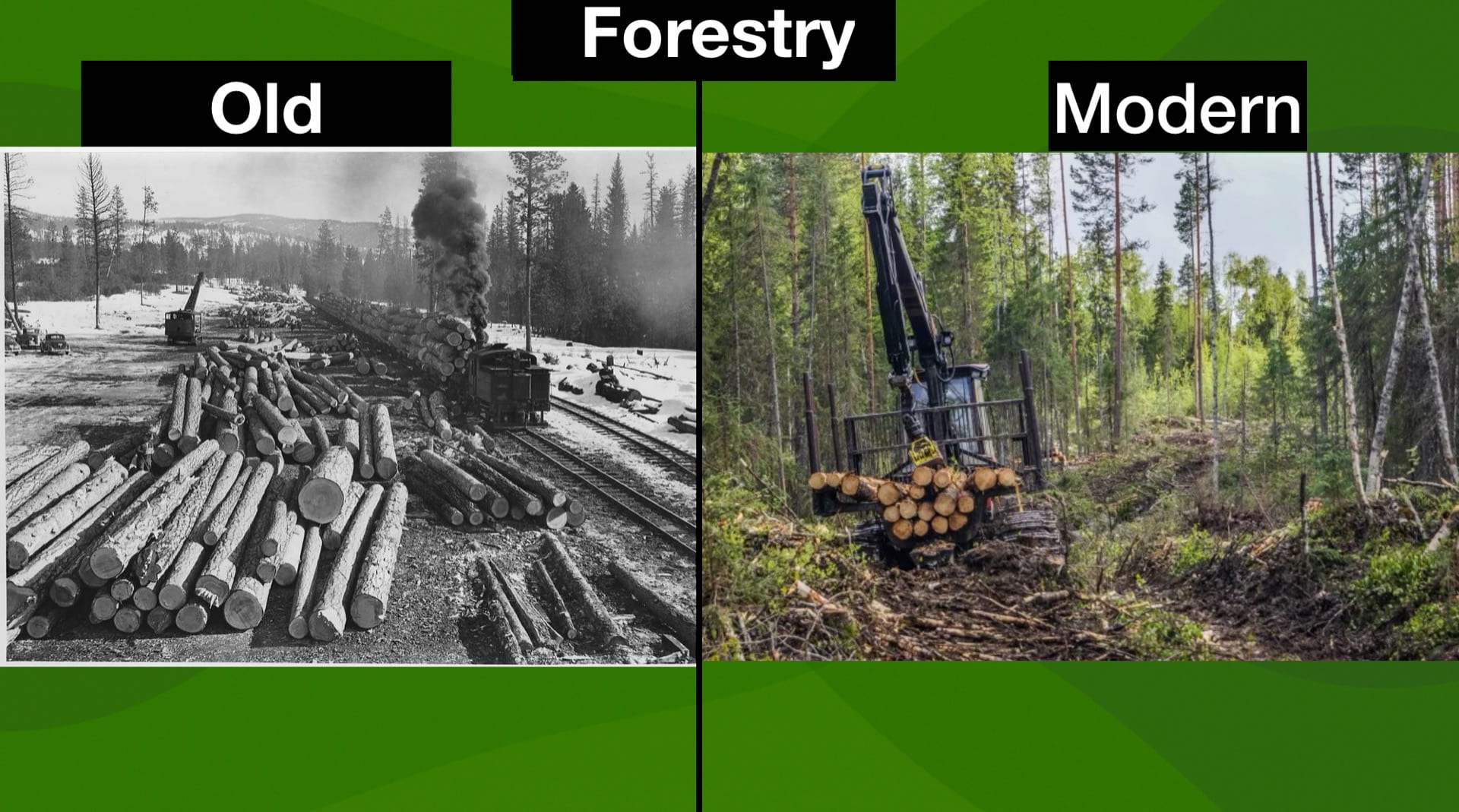
It’s not the best slide when it comes to graphic design because we had limited time, but it shows the gist of it.
My learning over this project was assisted by an 8-day field school to different places in the West. Some of the places that stuck out to me the most were the Three Valley Gap Chateau, the Royal Tyrell Museum, the Banff Natural History Museum, and the Pioneer Village. Here is a slideshow of photos I took on the trip with my friends:
Here’s a slideshow of photos I took on the trip of different landscapes:
I guess these could be described as the physical and cultural assets of place. The photos with my friends are the cultural assets, because they’re sort of like the memories we made when we were there, and the landscape photos show the different bits that don’t necessarily have those kind of memories and cultural bits and pieces of our history attached to them.
Finally, here’s my book! This is my multi-touch e-book, featuring my answer to the driving question and my connections between different places and the 5 themes of geography. Read on:
That’s it! I hope to continue learning this much through to the next project, and the next, and so on. See you in the next project!
Peace out,
Susan



